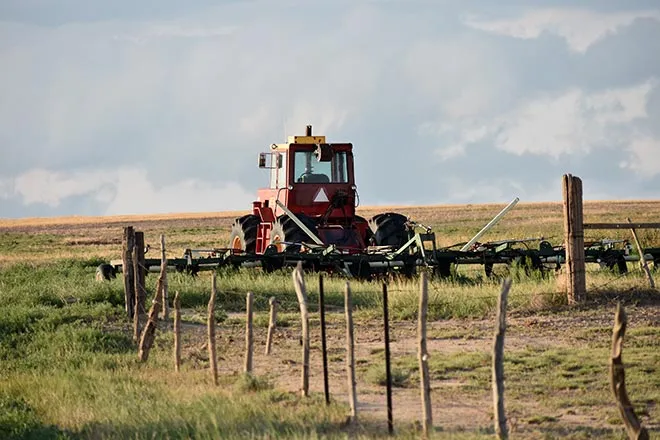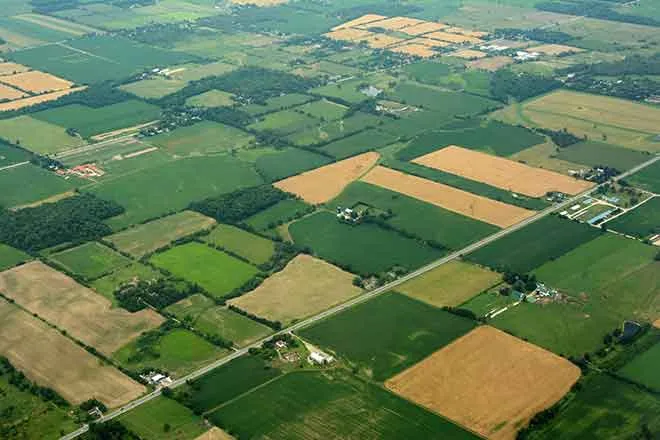
Putting farm fields under a green blanket with climate friendly fertilizer
Click play to listen to this article.
(Minnesota News Connection) Some sectors have made gains in Minnesota in reducing greenhouse-gas emissions. Progress has been slower for agriculture, but those pursuing solutions feel a breakthrough is near thanks to a redesign of a key farming product.
Ag experts say most fertilizers used by farmers are very carbon intensive because they're made with fossil fuels. However, Minnesota researchers have been leading the charge to phase out those elements by utilizing hydrogen from wind and solar energy in the production process.
If more farmers can take advantage of "green fertilizer", said Margaret Cherne-Hendrick, senior lead for innovation and impact at Fresh Energy, the state could be better positioned to confront troubling data.

© iStock - IMNATURE
"Agriculture accounts for about 21 percent of the state's greenhouse-gas emissions," she said, "and we're forecasting it's going to be one of the more difficult sectors to decarbonize."
While Minnesota government has made investments in the development of this product, including the University of Minnesota's West Central Research and Outreach Center in Morris, Cherne-Hendrick warned that the outcome of the presidential election could alter the landscape for federal incentives.
Meanwhile, a summit will be held Dec. 10 at the University of Minnesota Morris to discuss the future of this technology. The cleaner ammonia derived from this production can also be used for things such as shipping fuel.
Anne Schwagerl, vice president of the Minnesota Farmers Union, which is hosting the upcoming summit, said that having less-carbon intensive crops such as corn can open up more biofuel markets for farmers. And if more green fertilizer is made locally, it could enhance the presence of cooperatives.
"Minnesota has always been a leader in the cooperative movement," she said, "and this is just another opportunity for farmer ownership and rural community ownership of the things that we produce."
U.S. farmers have called attention to corporate consolidation among fertilizer companies, making prices out of reach for smaller independent operations. Next month's gathering is expected to include feedback about how to scale up the manufacturing of green fertilizer to help combat those market forces.

















